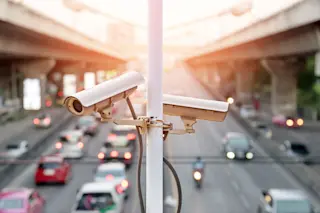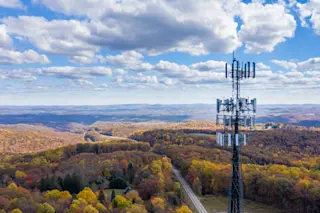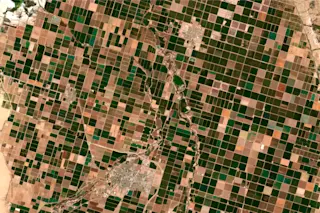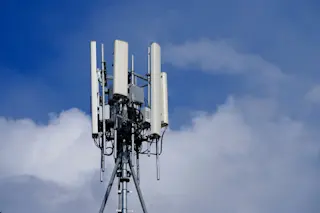In the last decade, the number of surveillance cameras that watch our city streets has dramatically increased. In most city centers, it’s hard to walk more than a few meters without spotting another camera. We are constantly being watched.
But how does the level of surveillance vary from one city to the next? And where is the highest density of camera coverage, or in other words, where are the surveillance camera capitals of the world?
Now we get an answer thanks to the work of Hao Sheng and colleagues at Stanford University in California. This group has counted the number of cameras visible in Google Street View images in 10 US cities as well as 6 other large cities around the world.
The results suggest that Seoul, the capital of South Korea, has the highest density of surveillance cameras in the world with Boston topping the charts in the US. ...














